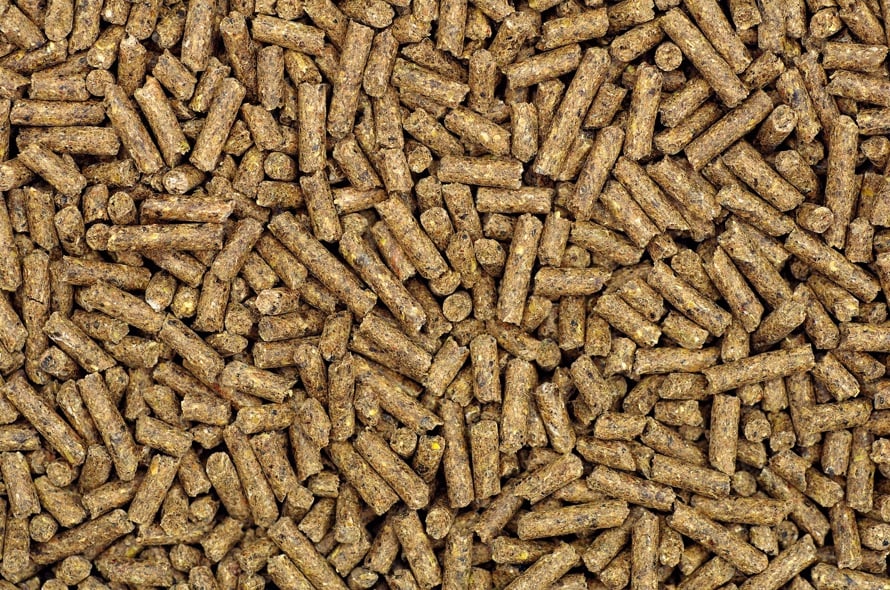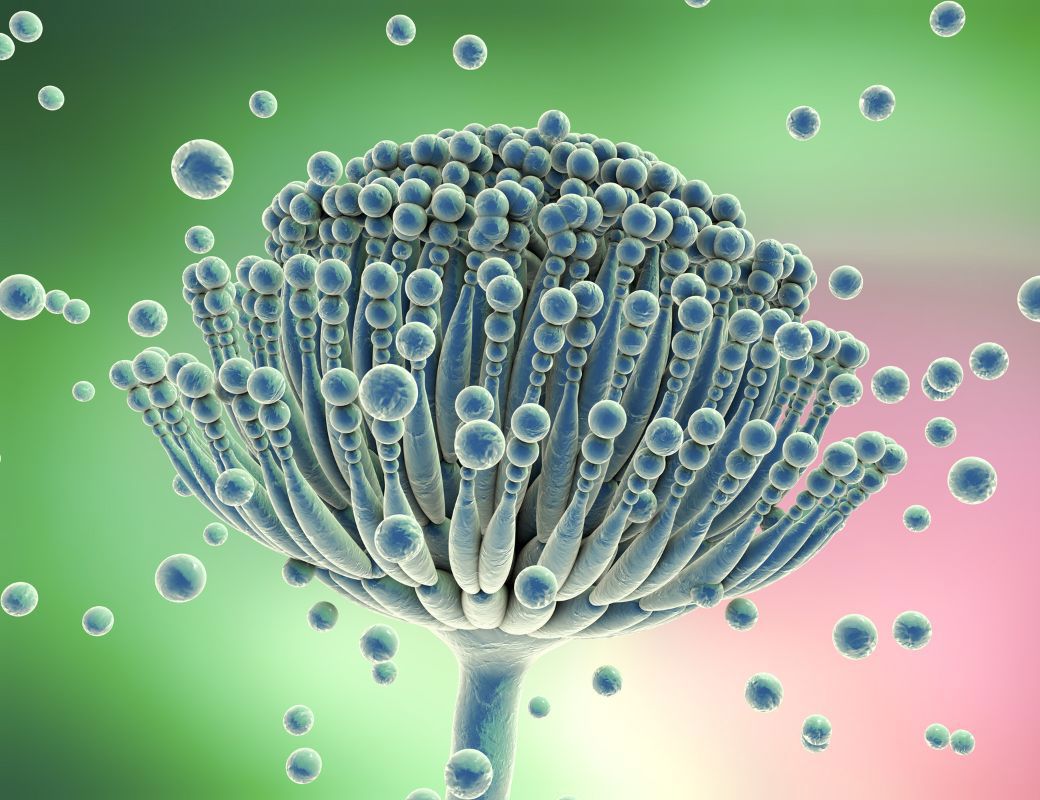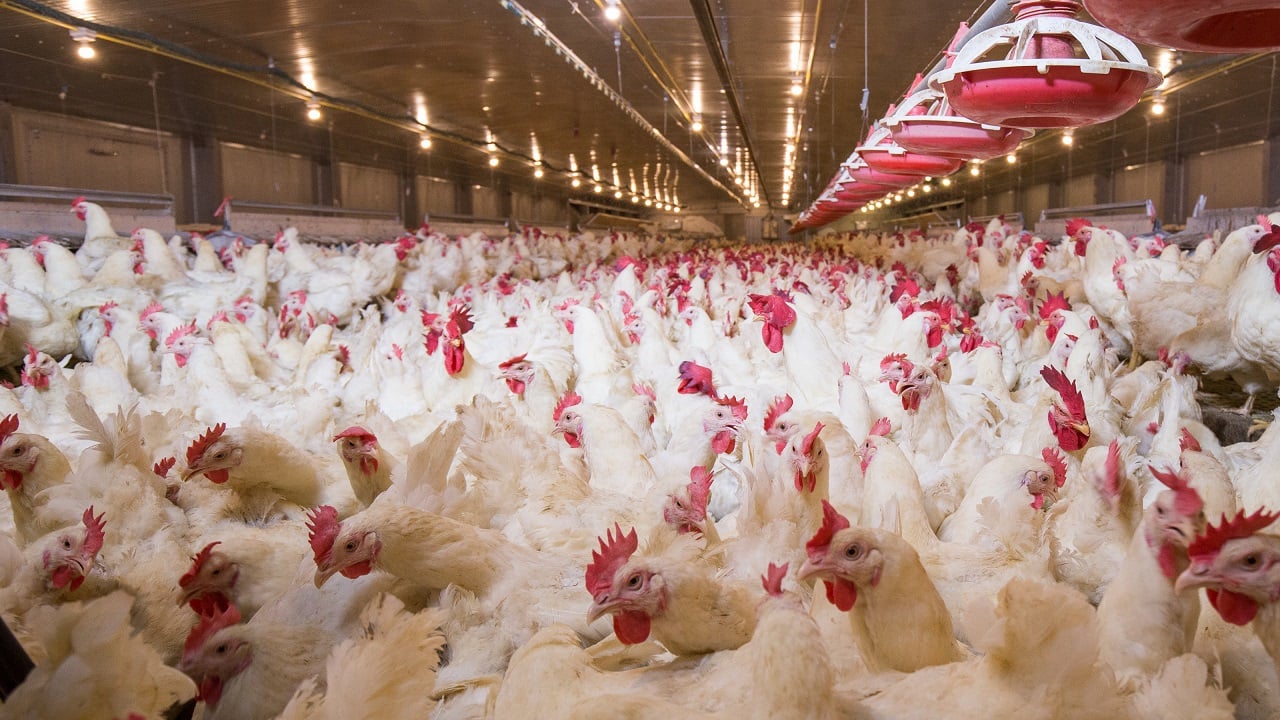Feed Processing and Quality Programme
- Programme
Ensuring healthy feed intake relies on optimal nutritional quality and safe delivery. Water quality is equally vital, being a major part of consumption and influencing egg composition, thermoregulation, and additive transport for layers.

Without solid feed hygiene and preservation strategies in place, Enterobacteriaceae, moulds, and yeast in raw materials and compound feed can easily make their way into feed on the farm. Taking an integrated approach to feed hygiene is even more important now that formaldehyde has been banned as a feed hygiene enhancer in many countries. For poultry producers that process their own feed, a feed mill scan can assess critical control points on microbial, colony-forming units and identify potential pathogenic threats in raw materials, process lines and compound feed.
An effective quality control programme should include regularly sampling raw materials and cleaning process lines, silos, and feeders on the farm as well as removing residual biofilm in process lines. Treating feed and feed materials with buffered and synergistic blends of organic acids, offered by Selko, can support hygiene and strengthen the natural barrier against gram-negative bacteria in the first part of the digestive tract.

Poultry is vulnerable to mycotoxins, the secondary metabolites of moulds, and can suffer severely, especially when exposed to a combination of different mycotoxins. The most critical mycotoxins for poultry production are aflatoxins, Ochratoxin A, trichothecenes and fumonisins. Ever since their discovery in the 1960's, mycotoxins have caused headaches for feed and livestock producers.
One critical factor contributing to mycotoxin risks is the use of high-fibre diets for layers. These diets cause a sustained exposure to multiple mycotoxins, which can negatively impact layer performance and producer's economics. Long-living birds can succumb to chronic toxicity after consuming low levels of mycotoxins every day over time.
Another factor that makes mitigation challenging is the fact that binders are not a solution to all mycotoxins. More than 600 mycotoxins have already been discovered, and researchers continue to identify more every day. Combatting mycotoxins goes beyond binding alone and requires more effective methods that improve both gut health and immunity, enabling birds to endure mycotoxin exposure without major impact to their health and performance.
High-quality poultry feed should not only be free of contaminants but also provide the necessary minerals to support growth and performance. Trace minerals like zinc, copper and manganese are essential to the growth and development of poultry but providing them in the wrong form and amount – either too low or too high – could negatively impact a bird's productivity. Achieving consistent delivery of an optimised level of trace minerals supports multiple essential functions in poultry, including the production and quality of eggs, reproduction and embryo development in layers and growth performance, immune and oxidative response in broilers. Optimising the levels of minerals in feed can benefit overall health, immunity and oxidative response in birds.
Traditional inorganic trace minerals can bind feed antagonists, such as other minerals, fatty acids, vitamins, enzymes or phytate molecules. This can cause problems in the gut, impairing mineral absorption and promoting oxidation. Supplementing poultry diets with either hydroxy- or organic sources of trace minerals can increase the amount of biologically active minerals delivered to the entire length of the intestine, improving mineral absorption, performance parameters, gut health and carcass characteristics in broiler chickens.
When it comes to minerals, more is not always better. Excessive minerals can find their way into animal manure, which can, in turn, end up in soil and lead to environmental contamination. Over-dosing minerals is no guarantee for better outcomes. The best outcome results when the right sources of trace minerals are efficiently used at the right level to maintain the homeostasis of minerals in the animal.
